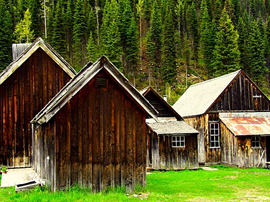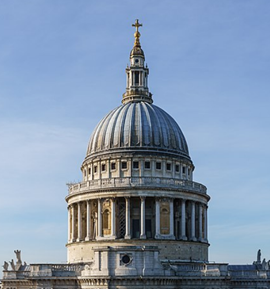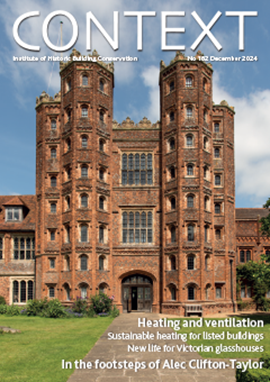World heritage status for Odesa
Since January 2023, Unesco has formally recognised Odesa as a world heritage site. It describes the city as a ‘stand-out testimony to multicultural and multi-ethnic traditions of eastern European cities of the 19th century.’
The application was approved following the submission of recognition by President Zelenskyy in October 2022. Additional protective status has been granted as the city is also included in the list of world heritage sites in danger. Unesco’s decision was based on giving Odesa ‘reinforced technical and financial international assistance’.
The area around Odesa has been inhabited since the sixth century BC. The city as we know it today was founded in 1794 by Empress Catherine II to provide protection and access to a warm sea port.
The planning and architectural character of Odesa stems from rapid construction completed during the 19th century, when the benefits of its location became widely recognised. The central core of the city is laid out on a grid system, with tree-lined streets and rectangular blocks. The buildings, primarily stone or brick with render, are often finished in bright colours and ornate decoration. Much of the influence stems from the Italian architects, engineers and builders who moved to the area to build it.
Odesa’s most prominent and significant buildings and places include the port itself, which stretches for several miles, the Opera House and the Odesa Passage to the Palais-Royal House. Below ground are the city’s 200-year-old catacombs, a network of limestone mines that sheltered criminals and, in the second world war, partisans.
‘Odesa, a free city, a world city, a legendary port that has left its mark on cinema, literature and the arts, is thus placed under the reinforced protection of the international community,’ says Unesco director-general Audrey Azoulay. ‘While the war continues, this inscription embodies our collective determination to ensure that this city, which has always surmounted global upheavals, is preserved from further destruction.’
This article originally appeared in the Institute of Historic Building Conservation’s (IHBC’s) Context 176, published in June 2023. It was written by Louise Priestman, senior conservation architect with Wighton Jagger Shaw Architects.
--Institute of Historic Building Conservation
Related articles on Designing Buildings
- Conservation area.
- Conservation in the heritage cities of Venice and Liverpool.
- Conservation.
- Delisting Liverpool world heritage site.
- Edinburgh world heritage site valued at over 1 billion.
- Heritage.
- Historic environment.
- IHBC articles.
- Institute of Historic Building Conservation.
- Listed buildings.
- World Heritage Site.
IHBC NewsBlog
SAVE celebrates 50 years of campaigning 1975-2025
SAVE Britain’s Heritage has announced events across the country to celebrate bringing new life to remarkable buildings.
IHBC Annual School 2025 - Shrewsbury 12-14 June
Themed Heritage in Context – Value: Plan: Change, join in-person or online.
200th Anniversary Celebration of the Modern Railway Planned
The Stockton & Darlington Railway opened on September 27, 1825.
Competence Framework Launched for Sustainability in the Built Environment
The Construction Industry Council (CIC) and the Edge have jointly published the framework.
Historic England Launches Wellbeing Strategy for Heritage
Whether through visiting, volunteering, learning or creative practice, engaging with heritage can strengthen confidence, resilience, hope and social connections.
National Trust for Canada’s Review of 2024
Great Saves & Worst Losses Highlighted
IHBC's SelfStarter Website Undergoes Refresh
New updates and resources for emerging conservation professionals.
‘Behind the Scenes’ podcast on St. Pauls Cathedral Published
Experience the inside track on one of the world’s best known places of worship and visitor attractions.
National Audit Office (NAO) says Government building maintenance backlog is at least £49 billion
The public spending watchdog will need to consider the best way to manage its assets to bring property condition to a satisfactory level.
IHBC Publishes C182 focused on Heating and Ventilation
The latest issue of Context explores sustainable heating for listed buildings and more.
















